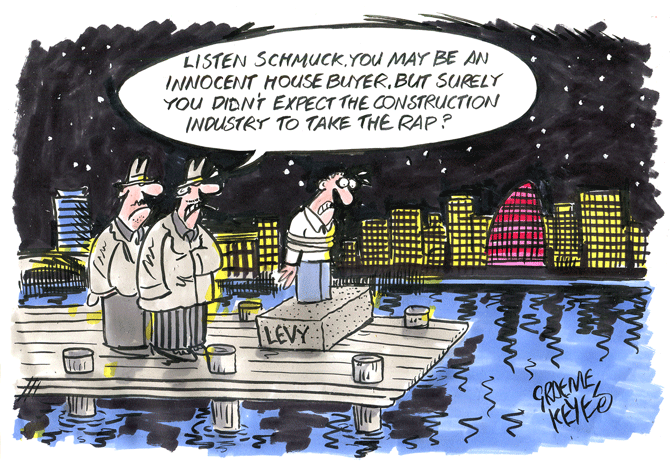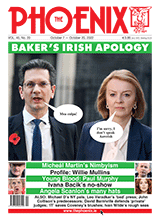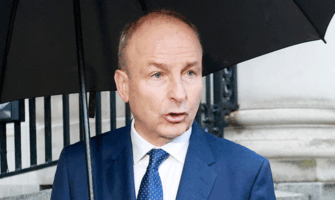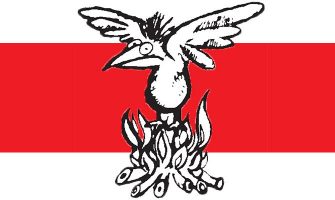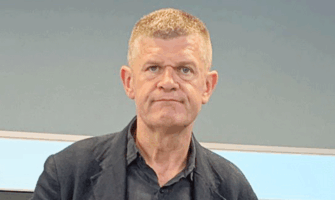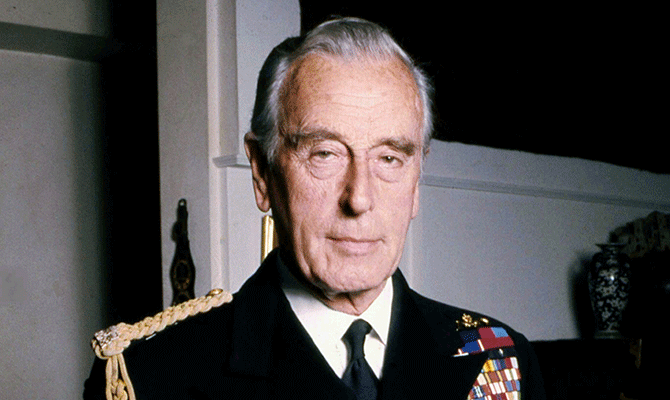
Lord Mountbatten
THE KINCORA Boys’ Home scandal, as old as the northern Troubles, not only refuses to go away but now threatens to burst into the open again, this time with much greater consequences than hitherto.
The Police Ombudsman of Northern Ireland (PONI), Marie Anderson, has produced a report critical of the RUC for missing a number of opportunities to put an end to the child sex abuse that took place at Kincora Boys’ Home in Belfast. Unfortunately, the report proceeds to buttress the myth that the abuse was perpetrated by only three staff members at the home, who were convicted of abuse.
However, a flurry of legal activity by former residents will shortly add to the mountain of evidence that a hideous vice ring swirled around Kincora. Expect to hear a lot more about Lord Louis Mountbatten.
The unfortunate residents at Kincora were used as bait for paedophiles and pederasts in a combined MI5/6-RUC ‘honey trap’ operation designed to compromise loyalist terrorists and politicians. Equally repellent, boys were trafficked to VIPs such as Mountbatten.
One name that crops up repeatedly in the new PONI report – in a positive light – is that of RUC Det Chief Inspector George Caskey, who died last February. He is one of the darkest figures in the squalid saga. It was Caskey who led the 1980-85 investigations into Kincora and built the foundations for the cover-up that has persisted ever since.
One problem Caskey had to overcome was the existence of a revelatory memorandum about Kincora by Colin Wallace, a psyops office at army HQNI. In 1974 Wallace submitted it to his superior, Col Geoffrey Hutton. Wallace kept a photocopy, which his solicitor had typed up in 1982. It was duly handed over to the RUC. Caskey responded by claiming that two typewriters had been used in its creation.
This was largely irrelevant as the original was handwritten and available for inspection. Nonetheless, it afforded Caskey an excuse to dismiss the ’74 memo as a forgery. A forensic report subsequently proved only one typewriter had been used.
Caskey and his team traced 104 of the 245 former residents of the home, or at least that was the number Caskey claimed to have found. According to Caskey, 46 boys complained they had been abused – but allegedly only by staff at the home.
A string of victims contradicts this version of events. Gary Hoy has described how he was trafficked around Belfast. The late Clint Marcy revealed that outside abusers came to the home, some of whom had English accents. James Miller disclosed how he and a busload of boys were abused at a hotel in Bangor. As early as 1982, a boy told the BBC’s Spotlight programme that he had been abused by an Englishman. The Phoenix revealed (see issue 16/9/83) that the perpetrator was Peter England, a senior NIO official.
Richard Kerr, who is dyslectic, signed a statement for Caskey’s team without knowing what was in it. Kerr had been trafficked to Manchester, London and Venice while at Kincora during the 1970s. In support of his case, Kerr has provided photographs taken of him in London and Venice.
In 1980 Kerr was living in Preston, Lancashire, and later again in a flat in London. He was visited by Caskey’s team and British police at both residences. In London, he was assaulted by police officers and ordered to stop talking about Kincora to his friends.
The new report from the PONI is not the final word on this enduring scandal – far from it.
